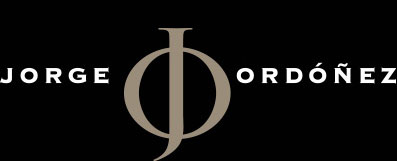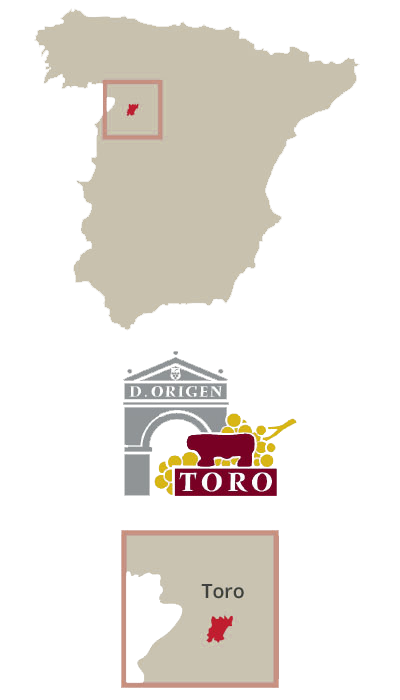- Denominación de Origen
- Ubicación
- Variedad
- Viñedos
- Año(s) plantado
- Viticultura
- Suelos
- Clima
- Enología
- Envejecimiento
- Comentarios
D.O. Toro
Localidades de Morales y Toro (Zamora), D.O. Toro.
100% Tinta de Toro
El Monte (Morales) y Hornicos (Toro).
El Monte: 1962; Hornicos: 1946
Cultivo tradicional de secano. Cepas orgánicas conducidas en vaso, cultivadas totalmente a mano.
Muy arenosos de origen aluvial. Con una capa de arcilla roja de unos 20 cm en el subsuelo a unos dos o tres metros de profundidad.
Clima continental de estepa con grandes diferencias térmicas entre el día y la noche. Clima seco, con lluvias anuales alrededor de 350 litros por metro cuadrado, menos de la mitad que en Rioja y muy inferior a Ribera del Duero.
Vendimia a mano y en pequeñas cajas. Una primera fermentación se realiza en fermentadores abiertos de acero inoxidable con levaduras silvestres. El vino es transferido a barricas de roble francés (borgoñonas y bordelesas) para su fermentación maloláctica.
Doce meses sur lie en barricas de roble francés, de Borgoña y Burdeos, con battonage.
Tritón Tinta de Toro es la pura representación del más antiguo clon de la variedad Tempranillo en España, localizado en la única D. O. española que resistió completamente la plaga de filoxera. Durante la Edad Media, Toro fue la región productora de vinos más renombrada de España. Mencionada en las obras literarias de Alfonso IX (Rey de León, s. XII), Juan Ruiz “El Arcipreste de Hita”, Francisco de Quevedo, Luis de Góngora y Miguel de Cervantes. En la Sevilla del siglo XIV, estaba prohibida la venta de cualquier vino foráneo salvo los vinos de Toro. Vinos que incluso acompañaron a los exploradores españoles al Nuevo Mundo. Son vinos amplios y muy afrutados, caracterizados por taninos suaves y bien integrados, bayas oscuras y dulces y un trago largo y elegante. D. O. Toro fue redescubierto por el proyecto Numanthia, dirigido por Jorge Ordóñez y la familia Eguren.







